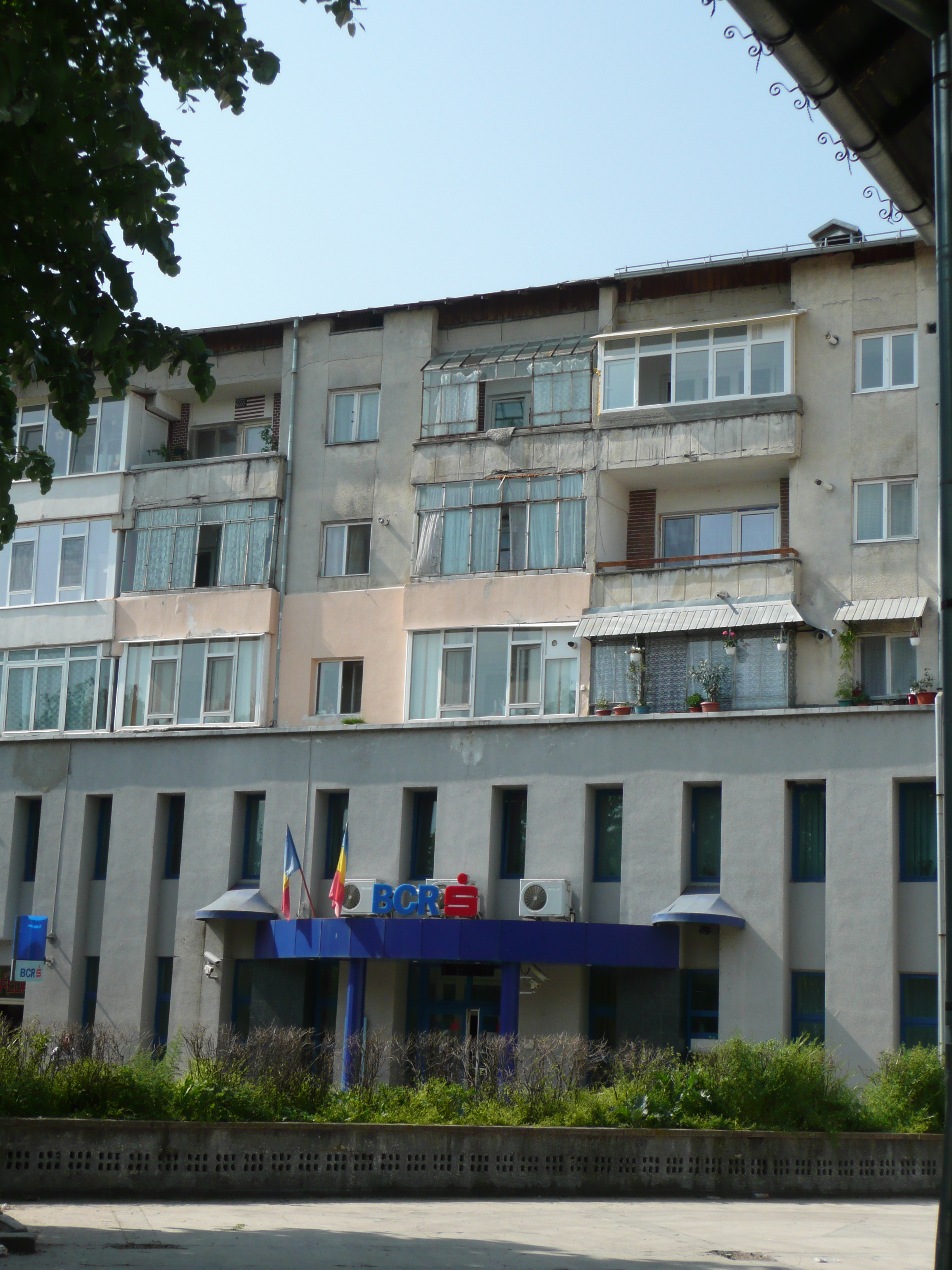THE SOVEREIGN DEBT CRISIS AND REFORMS IN EUROPE AFTER THE FINANCIAL CRASH OF 2008

Austrian National Bank, Vienna
Is growth normal and are the recessions of the 1970s/80s and since 2008 just the exceptions to the rule? Calls for reform always follow economic crises. Here are two examples of reforms that were introduced in Europe and can certainly not be seen as meaningful: Due to the serious sovereign debt crisis starting in Greece in 2010 the Greek government was obliged to carry out a multitude of reform measures, called “The Long March to Recovery”, among them laws on household insolvency, bankruptcy, foreclosures and pension reform. In how far were those really reforms and how could they benefit the Greek society? The second example is taken from Latvia: When the country emerged from the USSR it was without debt and mortgages. Then mostly Scandinavian banks moved in and gave extensive loans to the Latvians which finally could not be paid back and the Latvians faced the threat of foreclosures. “Reforms” were carried out that the duty to pay back the loans could be extended to family members, which ended in foreclosures anyway. In which way are these two examples meaningful reforms?…

